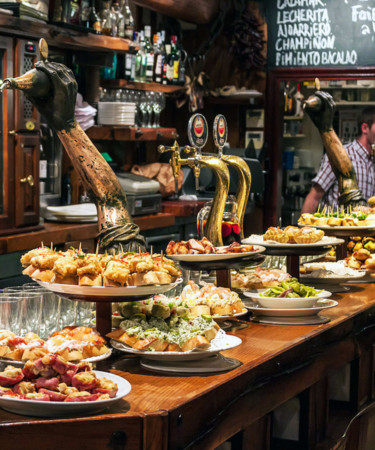
When it comes to old world wine, we sometimes put Spain third behind France and Italy, but that’s a real shame, because the culinary history and wine culture of Spain are rich and deep. Wine in Spain is accessible, it’s down to earth and it’s approachable. Having a glass of vino – or three – is a daily ritual, embedded deep in the culture. That’s what makes a trip to Spain so special. You observe a culture that truly loves good wine and good food. It’s an experience like none other, and these are the thirteen things not to be missed.
Visit The Famed Wineries Of Rioja And Marvel At The Modern Architecture
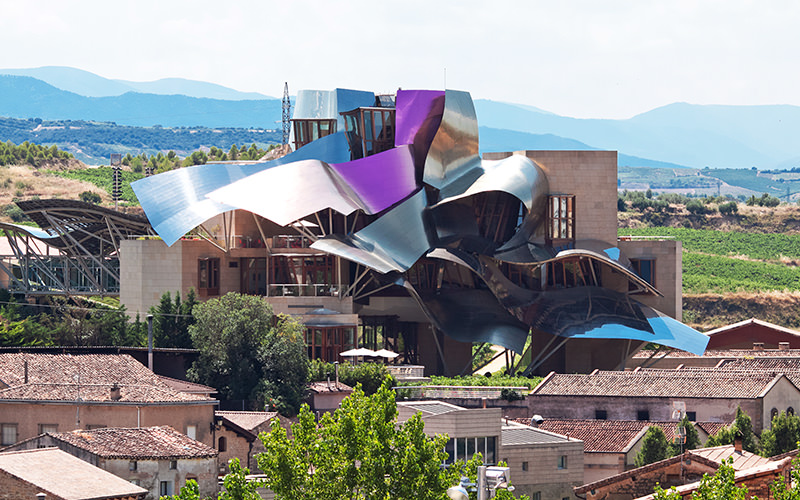
Rioja has long been Spain’s most famous wine region, with a well-deserved reputation for excellence — so no wine lover’s trip to the country would be complete without a stop here. In recent years, many famous producers have brought on superstar architects including Frank Gehry, Zaha Hadid and Santiago Calatrava to design fascinating, thoroughly modern wineries. Looking to sleep in the lap of luxury while you’re in La Rioja? Marqués de Riscal’s Winery, designed by Frank Gehry and pictured above, features a 43-room Starwood Hotel.
Head To Rías Baixas To Sip On Some Of Spain’s Finest Dry White Wines
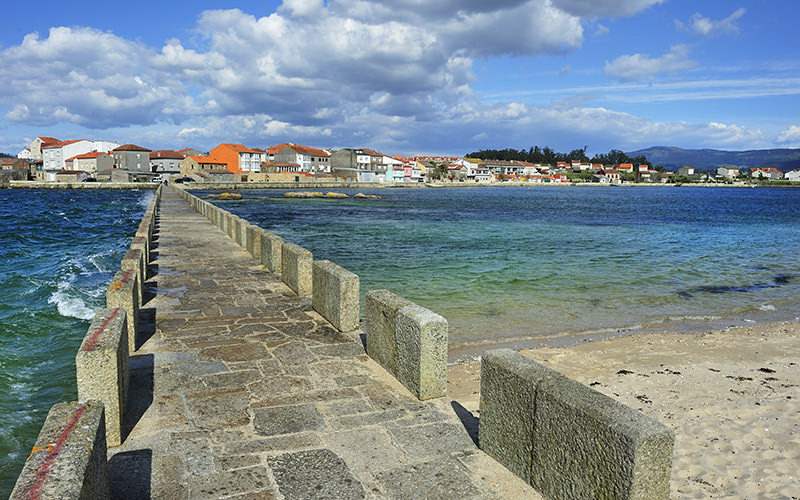
The Galician DO might have only been created in 1988, but Albarino put Rías Baixas on the map with its Riesling-esque dry minerality, bright acidity, florals, and peach/apricot fruit flavors. Located on the northwestern edge of Spain, the region is famous for its fish, with an annual October Festa del Marisco that celebrates the eating of shellfish, washed down perfectly with an array of quality Galician wines.
Sip On Sherry In Jerez de la Frontera
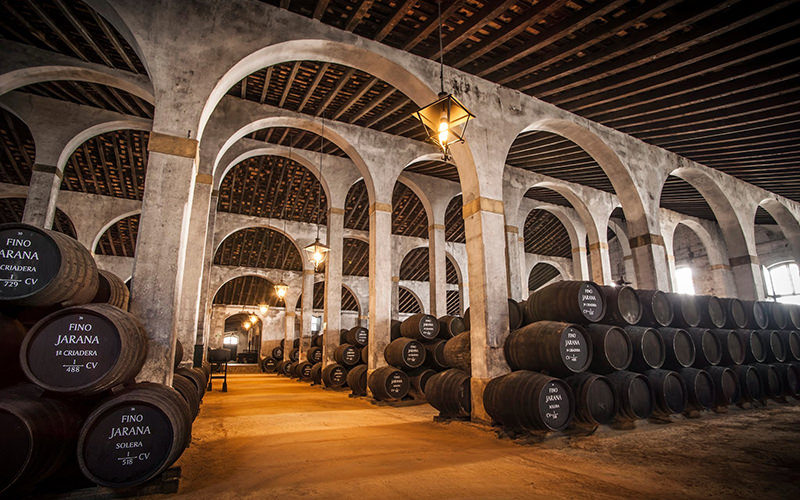 Jerez is easily, reasonably known for its Sherry production (a pillar of the region’s economy), and that’s reason enough to go–you can witness the Solera system of barrel-aged sherries at the Lustau Bodega. But it also lays claim to a seafood selection that rivals Japan’s, and an uncanny ability to see the connection between wine and food. (If you’re at all interested in revelatory wine and food pairings, look no further.) But reasons to visit abound, from the sweet-nosed hoodwink of dry-mouthed sherries to the architectural beauty of the city itself, where you can relax after a hard day at a Moorish bathhouse with a glass of Tio Pepe Pedro Ximenez.
Jerez is easily, reasonably known for its Sherry production (a pillar of the region’s economy), and that’s reason enough to go–you can witness the Solera system of barrel-aged sherries at the Lustau Bodega. But it also lays claim to a seafood selection that rivals Japan’s, and an uncanny ability to see the connection between wine and food. (If you’re at all interested in revelatory wine and food pairings, look no further.) But reasons to visit abound, from the sweet-nosed hoodwink of dry-mouthed sherries to the architectural beauty of the city itself, where you can relax after a hard day at a Moorish bathhouse with a glass of Tio Pepe Pedro Ximenez.
Go On A Txakoli-Fueled Pintxos Bar Crawl In San Sebastian
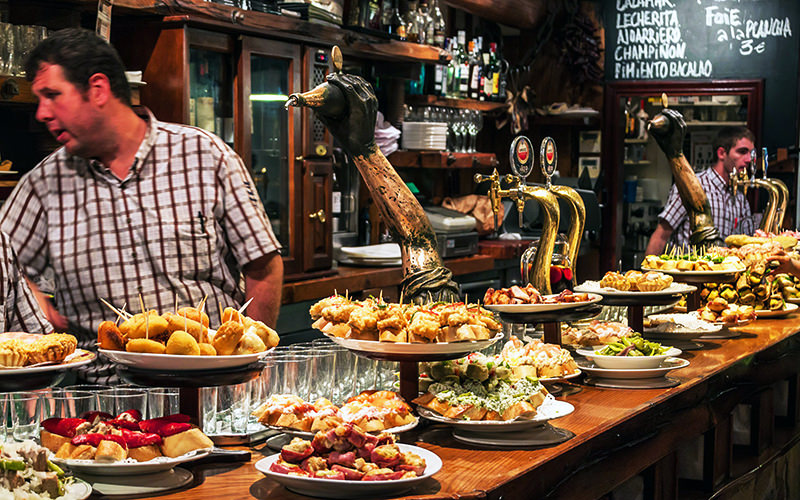
Pintxos are small bites that can be either incredibly simple or quite complex, but the most wonderful thing about Pintxos is that they are meant to be eaten while enjoying glass after glass of refreshing wine, most commonly Txakoli. This crisp and refreshing white wine even has its own special carafe called a Porron, which is used to pour the wine into a glass from high up to accentuate the wine’s bubbles. Some people also use the Porron to pour the wine directly into their mouths, though if you choose to do this, you might look like a tourist to the locals.
Join The Wine Fight At The La Batalla del Vino de Haro
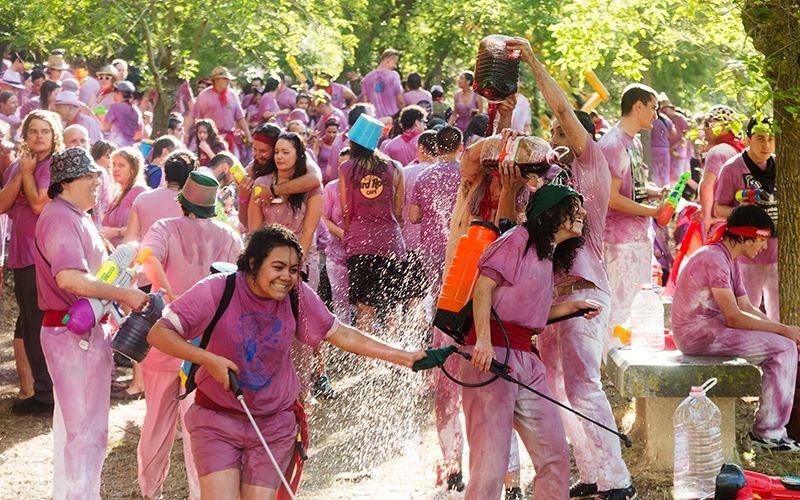
Looking for a Christian celebration involving wine that isn’t being doled out on the altar? Head to Haro, a town in La Rioja that sets a side June 29th for a wine-war. The reason? To celebrate the Feast of Saints Peter and Paul.
Explore The Vineyards That Have Made Priorat Globally Famous
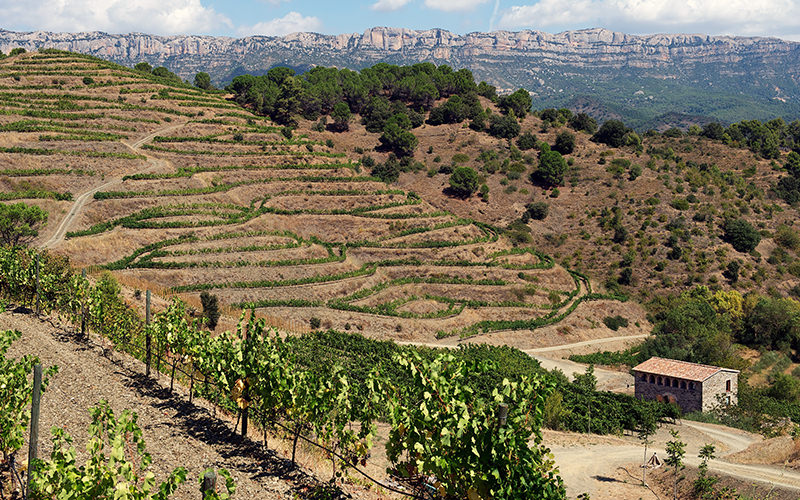
A Catalan DO, the Priorat encompasses 11 municipalities and is known for its bold, complex reds (the region also produces tiny quantities of white and rosé). It’s ripe for visitation right now for a few key reasons: it’s one of a very few world-class wine styles based on Grenache (a category in which it is joined only by red Châteauneuf-du-Pape and the top-end wines made by California’s Rhone Rangers); it’s one of only two styles to hold Spain’s top-tier DOC classification (the other being Rioja); and–no surprise–it’s risen from being almost unheard-of outside of the country to being one of the world’s most expensive wine regions.
Visit The Famed Vineyards Of The Golden Mile In Ribera del Duero
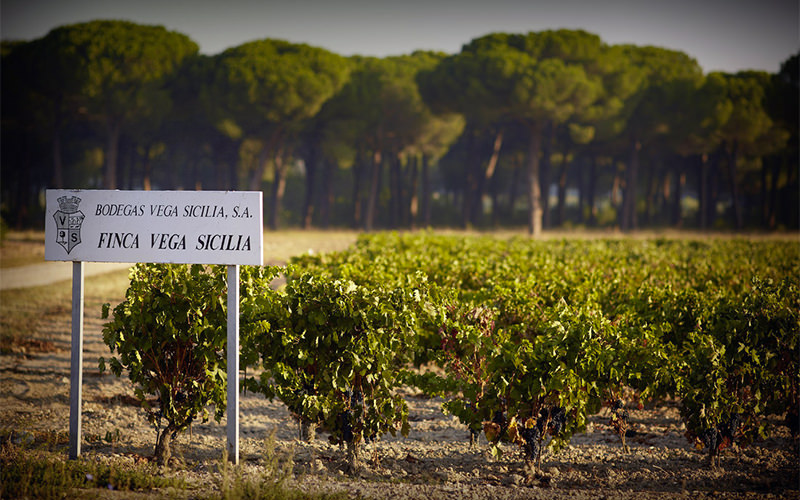 It’s a good bet visiting a place called “The Golden Mile” won’t disappoint. “La Milla de Oro” is actually a term for an idyllic stretch of land that lays home to a group of wineries in the province of Castilla y Leon, Spain, found along the Duero River. Benedictine monks from Burgundy (likely) brought wine to the region in the 12th century, so no surprise the (predominantly red) wine culture is healthy, with mega-famous wineries including Vega Sicilia, Pingus, Abadia Retuerta, Alion and Mauro, and grapes including Tempranillo, Cabernet Sauvignon, and Syrah.
It’s a good bet visiting a place called “The Golden Mile” won’t disappoint. “La Milla de Oro” is actually a term for an idyllic stretch of land that lays home to a group of wineries in the province of Castilla y Leon, Spain, found along the Duero River. Benedictine monks from Burgundy (likely) brought wine to the region in the 12th century, so no surprise the (predominantly red) wine culture is healthy, with mega-famous wineries including Vega Sicilia, Pingus, Abadia Retuerta, Alion and Mauro, and grapes including Tempranillo, Cabernet Sauvignon, and Syrah.
Head Underground At The Codorníu Winery, Where Cava Was Born
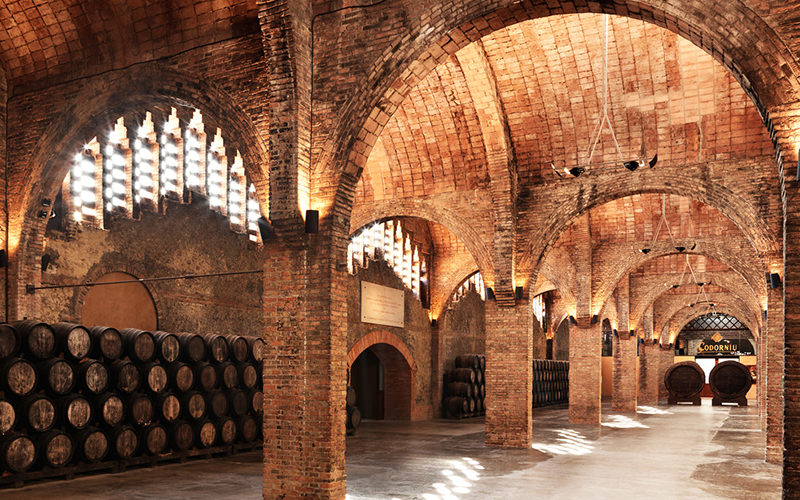
This is the home of Spanish Cava, the place that started it all, and it’s still the most popular Cava in all of Spain. The cellar, which dates from the 1500’s, is massive, allowing for ample bubbly-fueled exploring.
Marvel At Some Of The World’s Steepest Vineyards In Ribeira Sacra, Galicia
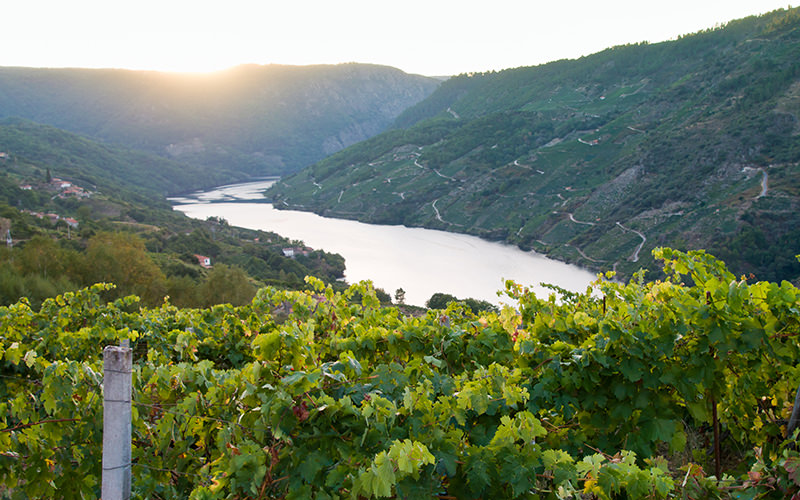 It’s like something out of The Sound of Music, plus wine. If you have a fear of heights, avoid this one. If you’re interested in rolling downhill through a beautiful vineyard, maybe take a peek. Home to some of the world’s steepest vineyards, the Ribeira Sacra region in Galicia began 2000 years ago with Roman-carved terraces that winemakers still trudge up to this day. Beyond being picturesque, and dizzying, the region produces some incredibly romantic, nuanced red and white wines.
It’s like something out of The Sound of Music, plus wine. If you have a fear of heights, avoid this one. If you’re interested in rolling downhill through a beautiful vineyard, maybe take a peek. Home to some of the world’s steepest vineyards, the Ribeira Sacra region in Galicia began 2000 years ago with Roman-carved terraces that winemakers still trudge up to this day. Beyond being picturesque, and dizzying, the region produces some incredibly romantic, nuanced red and white wines.
Missed Out On El Bulli? Savor The Tapas At Tickets, Albert Adrià’s Barcelona Restaurant
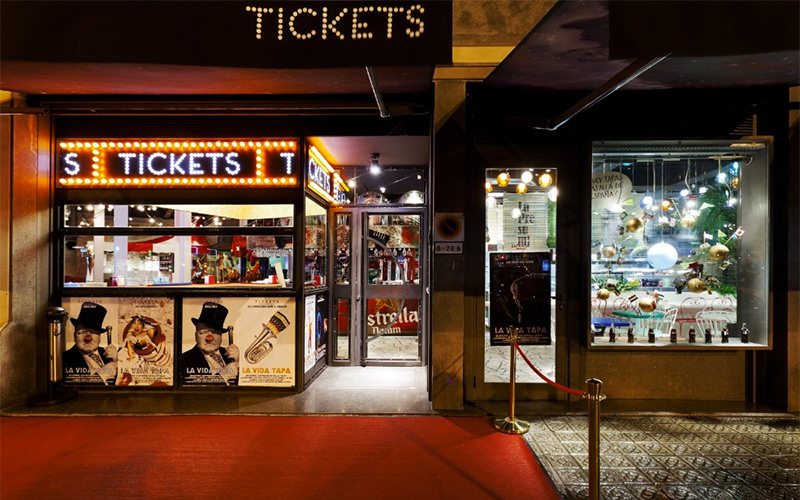
El Bulli may be a molecular gastronomic dream of the past (complete with fantasies of cracking into a frozen Gorgonzola Globe), but the Adria brothers are aggressively non-stop, and Tickets is the best, well, the best ticket in town if you’re looking for a mind-bending fix. Run by former El Bulli pastry chef Albert Adria, the restaurant absolutely requires reservations through their website (to the tune of several months out), but if you’re a gastronome, it’s worth the wait.
Sample The Rich, PX Dessert Wines In Montilla-Moriles Outside Of Córdoba
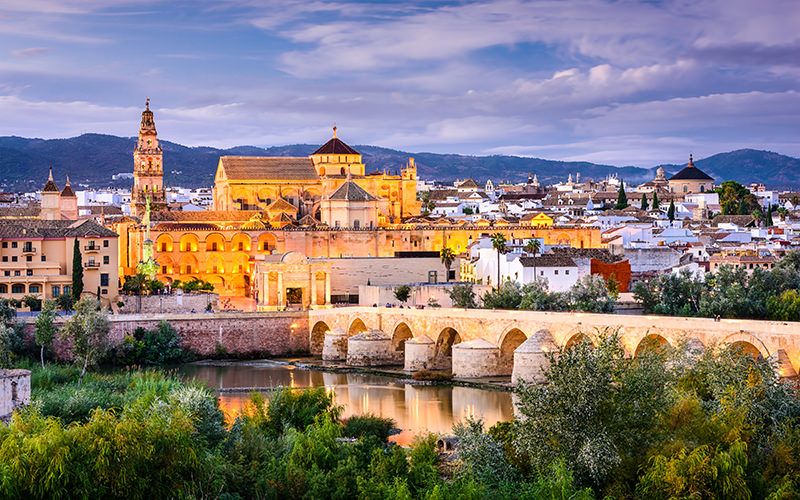
A sweet ending to any tour of Spain, which works out perfectly if you’re working your way from north to south, the Montilla-Moriles region is home to well-regarded, sweet Spanish wines as well as wines produced in a similar fashion to Sherry–but rarely exported. Meaning if you’re in the country, this is the time to visit the region and drink the wines, which have a similar flor-solera production method to sherry. And be sure to check out the Bodegas Alvear, the oldest winery in the region (founded in 1729), with incredibly atmospheric cellars, vintage photographs, and yet amazingly still family-owned after eight generations.
Take In The Noche del Vino In Cómpeta, Andalucía
You know those huge family reunions you wish you had in your family but you never did? The ones where everyone ate delicious food and drank amazing drinks? That’s basically this festival in a nutshell except the family is the entire town and you’re celebrating the region’s Muscatel wines. The festival happens without fail every year on the fifteenth of August, and it has been soaring in popularity in recent years, so go while you can.
Fly To Lanzarote To Visit The Lava Field Vineyards
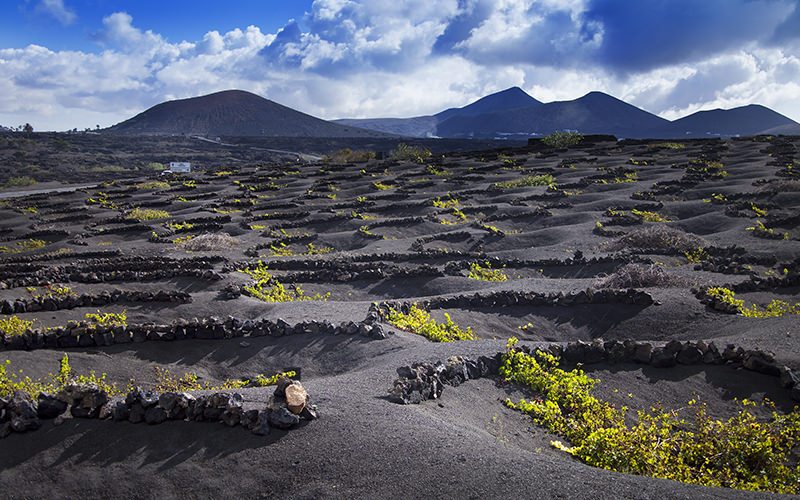
Spain lost the vast majority of her colonial possessions centuries ago, but the country did manage to hold on to the Canary Islands (one of Spain’s first conquests). Located in the Atlantic, these wind-swept, rain-starved volcanic islands hardly seem like an ideal place to grow wine, but that’s exactly the environment where you’ll find the Lanzarote La Geria vineyard. If you have the time, it’s worth making the quick, cheap flight over if only to see these other-worldly vineyards in person. The island does have some lovely beaches and resorts as well.
Pin This!
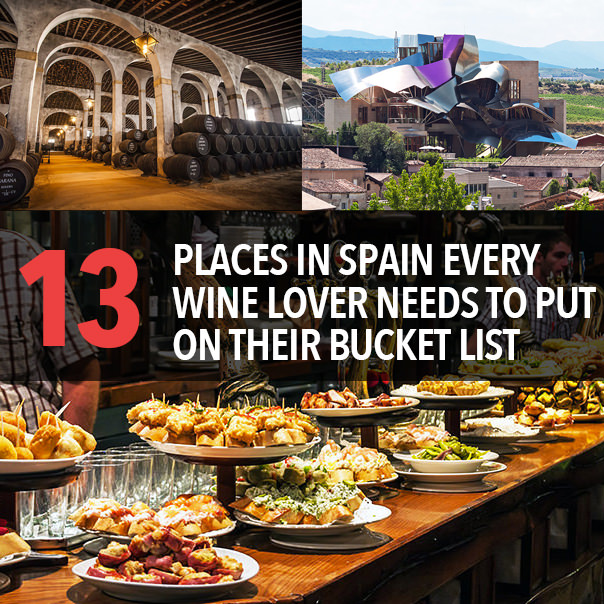
Attribution. Marqués de Riscal via Migel / Shutterstock.com, Haro Wine Festival via Iakov Filimonov / Shutterstock.com, & San Sebastian Bar via Matyas Rehak / Shutterstock.com.
